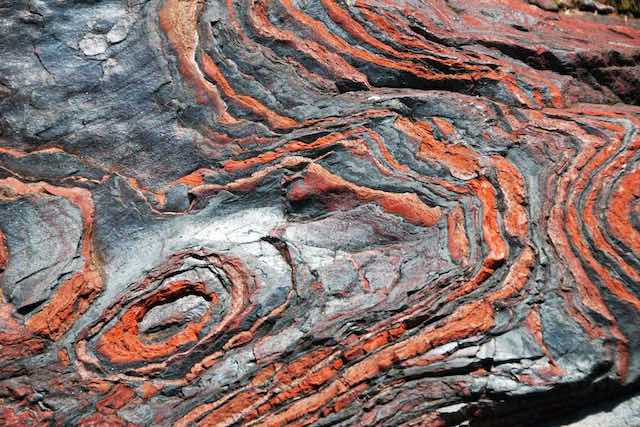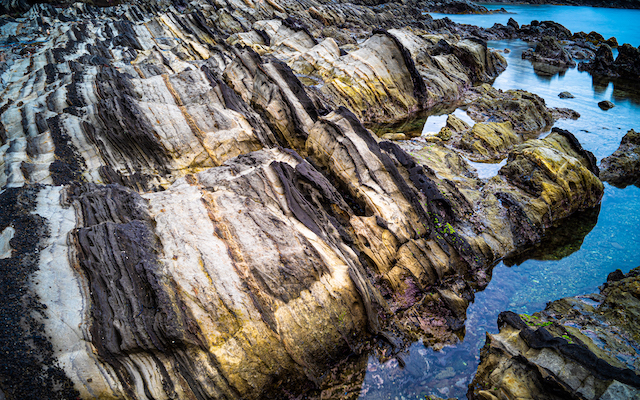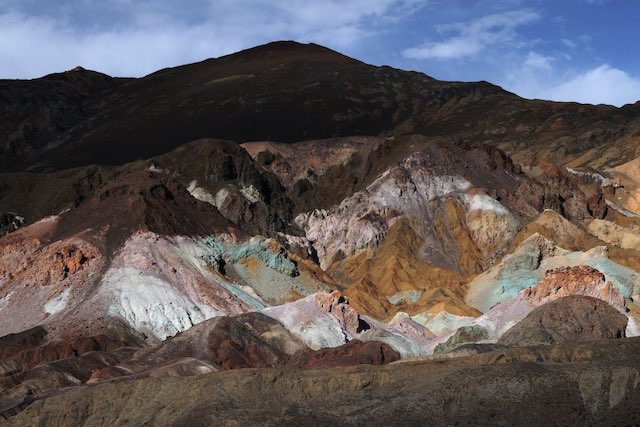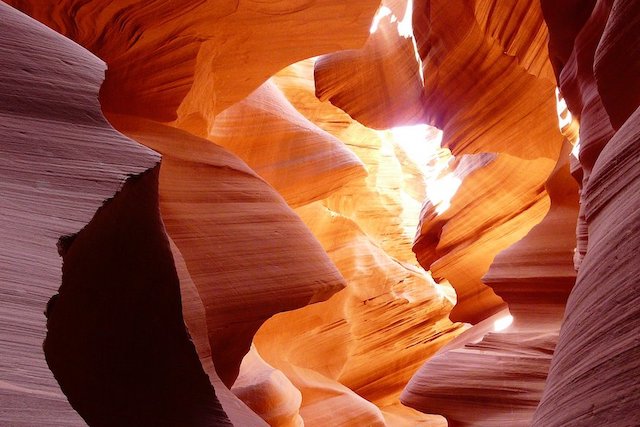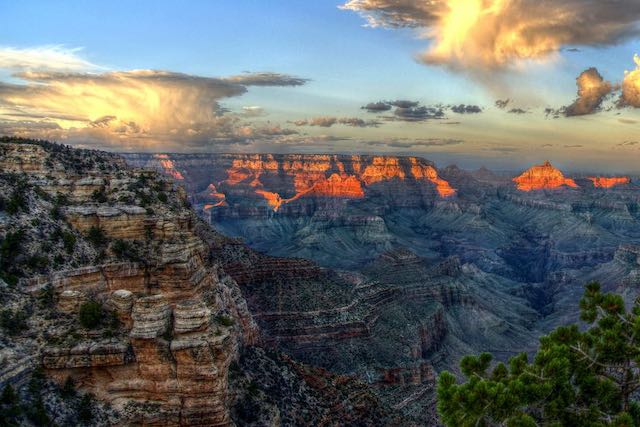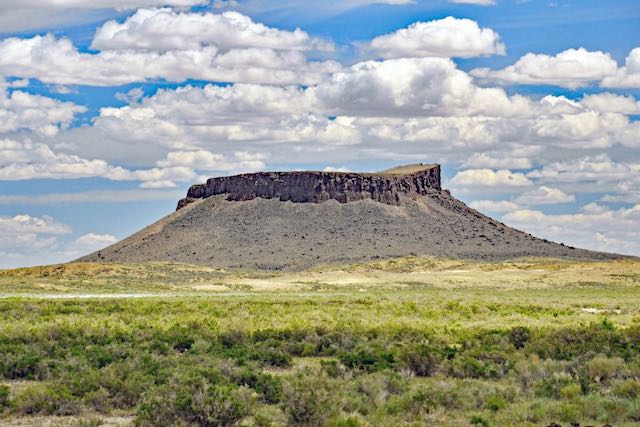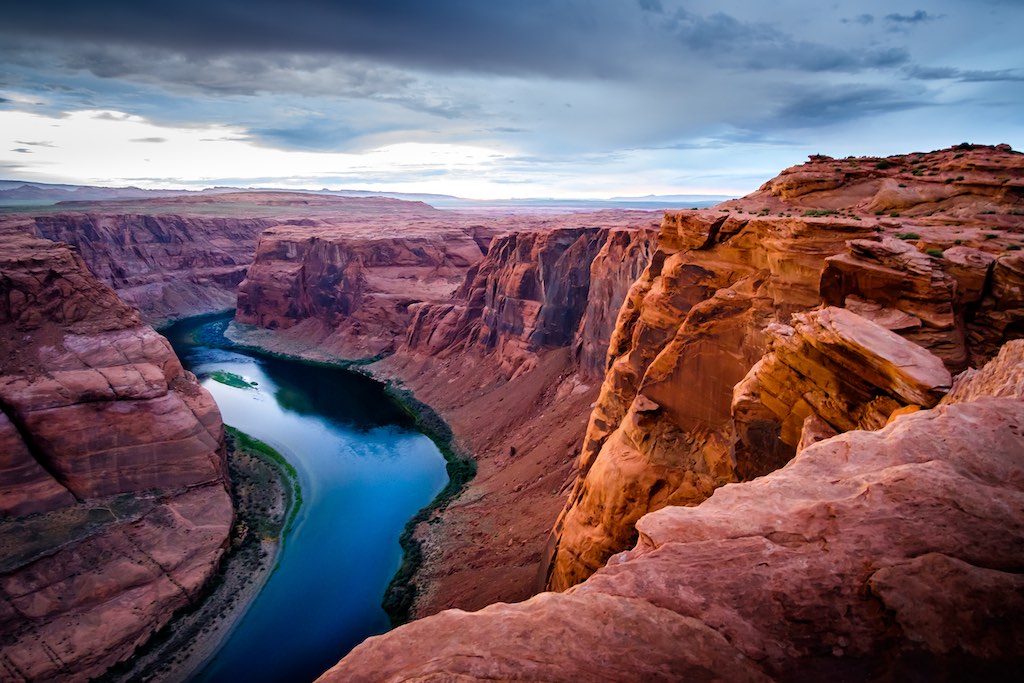
Erosion process of the Grand Canyon shrouded in mystery
A great canyon carved deep into the flat reddish brown highlands, the Grand Canyon in northern Arizona, USA, is a canyon of the Colorado River. The canyon is 446 kilometers long and ranges from 6 to 29 kilometers wide, with an average depth of 1,200 meters.
The most common explanation is that the Grand Canyon was created by the erosive action of the Colorado River, but the erosion process is still a mystery. The controversial question is, “When was it formed?”
There are two arguments for this. One is the “young Grand Canyon” theory, which says that it was eroded over millions of years by relatively recent uplift. This theory is simple: erosion by the Colorado River began about 6 million years ago, and by about 2 million years ago, the canyon had reached its current depth (an average of 1,200 meters).
The other is the “old Grand Canyon” theory, which says that the Grand Canyon originated much earlier, and that erosion had already started about 70 million years ago.
The key to the “old Grand Canyon” theory is the uplift known as the Laramide orogeny, which occurred between about 70 million and 55 million years ago. This massive uplift is said to have raised the area including the Grand Canyon by about 1,500 to 3,000 meters.
Seventy million years ago was the end of the Cretaceous period, a time when dinosaurs were thriving. The “old Grand Canyon” theory proposes that erosion had already begun in the age of dinosaurs, triggered by the Laramide orogeny.
The theory that multiple valleys with different formation times were connected
Is the Grand Canyon a young canyon or an old canyon? There is a third theory that may provide a solution to this debate.
It goes something like this.
First of all, there were originally several canyons in this area that were formed at different times by ancient rivers that do not exist today. These canyons were then connected by the erosion of the Colorado River, which began about six million years ago, to form the present-day Grand Canyon.
This is the theory. It’s an idea that connects the two previous arguments beautifully.
In fact, it is still a mystery whether the vast canyons of the Grand Canyon were all formed “at the same time” or not. In other words, the time of formation may have differed from place to place.
There are two major areas in the Grand Canyon, the east and the west, and it has been shown that the erosion may have started at different times in the east and the west.
The erosion of the east area started about 25 million years ago. On the other hand, the erosion of the western area is much older than that, thought to be between 70 and 55 million years ago. That’s right around the time of the Laramide orogeny. As for the western area, it could be further divided into several formation periods.
These old canyons were joined together by the erosion of the Colorado River, which began about 6 million years ago.
This period of time, about 6 million years ago, is also the time when the Gulf of California was formed. The Gulf of California is the mouth of the Colorado River, which flows through the Grand Canyon and eventually connects with the ocean. This means that the creation of the Gulf of California increased the gradient of the Colorado River. As a result, erosion has increased even more.
Why is the Grand Canyon so deep?
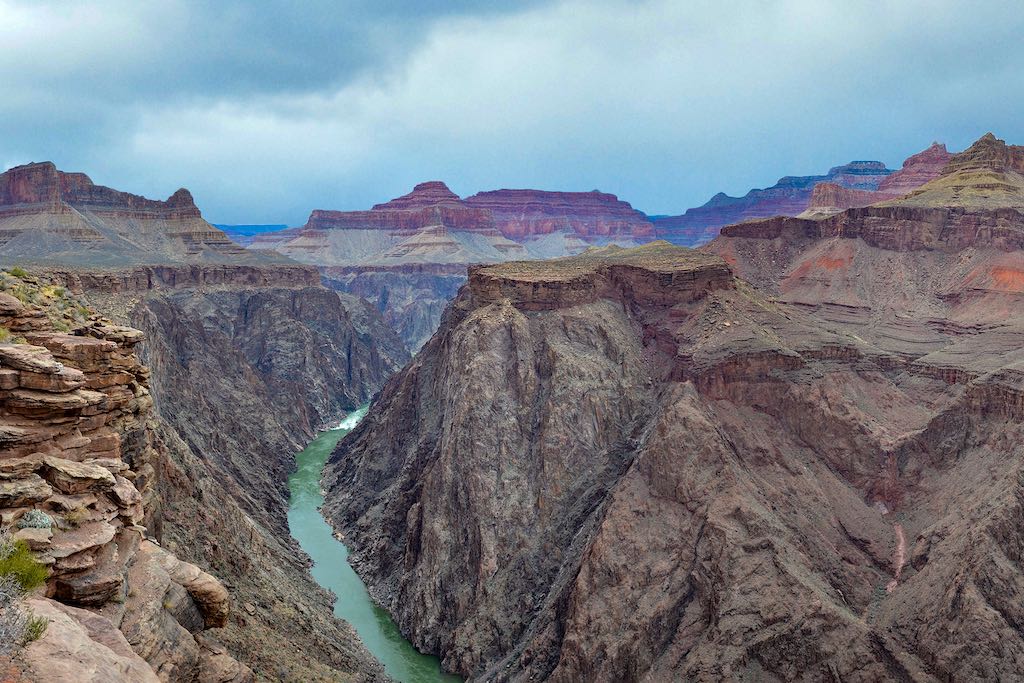
We have talked about when the Grand Canyon was formed, but there is another question. Another question is the “enormous amount of erosion”. Especially the depth. Why is the Grand Canyon so deep?
Whenever the Grand Canyon was created, according to the previous explanation, it was carved by the Colorado River or some other ancient river that does not exist. The Colorado River is certainly a big river, and there are places where the current is steep, but I feel that it is not powerful enough to cut down this vast Grand Canyon. That’s how much the Grand Canyon has been cut down.
This is thought to be due to the fact that the erosive power of rivers in the past was much stronger than that of today. The erosion of a river does not mean that you can dig as deep as you want, but you can only dig as far as a certain elevation called the “Base level”.
The Base level is determined by the mean sea level of the ocean into which the river eventually empties. The higher the elevation of the area to be eroded compared to the mean sea level, the greater the erosive force, and conversely, the closer to the mean sea level, the weaker the erosive force.
The Grand Canyon has experienced massive uplift due to Laramide orogeny. The basic idea to explain the “enormous amount of erosion” in the Grand Canyon is that this uplift caused a sudden increase in the elevation difference from the sea level, which increased the erosional forces.
In other words, the uplift of 3,000 meters made the gradient of the river steeper and the flow faster, which in turn increased the force that cut the strata. Another important factor is that in the past, due to the influence of the Ice Age, there was more water than now.
References
Katsuaki Watanabe (2020) Utsukushisugiru chigaku Jiten (Handbook of the Most Beautiful Geological Wonders), Tokyo: Shuwa System [published in Japanese].

